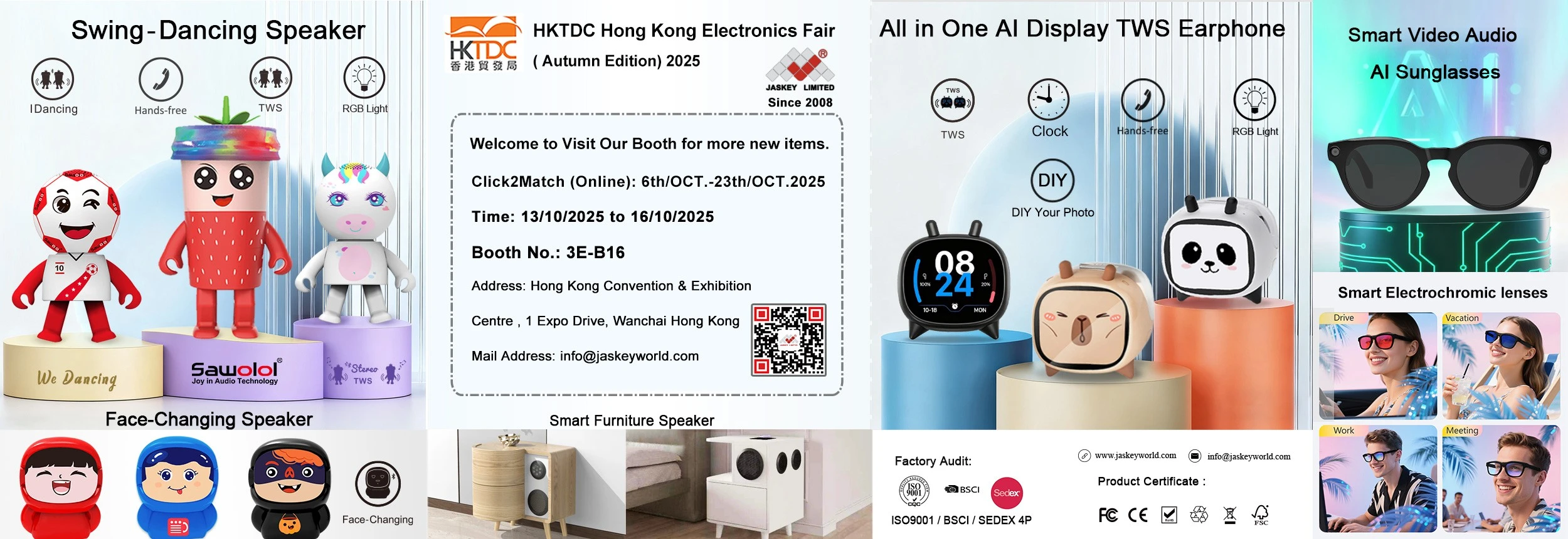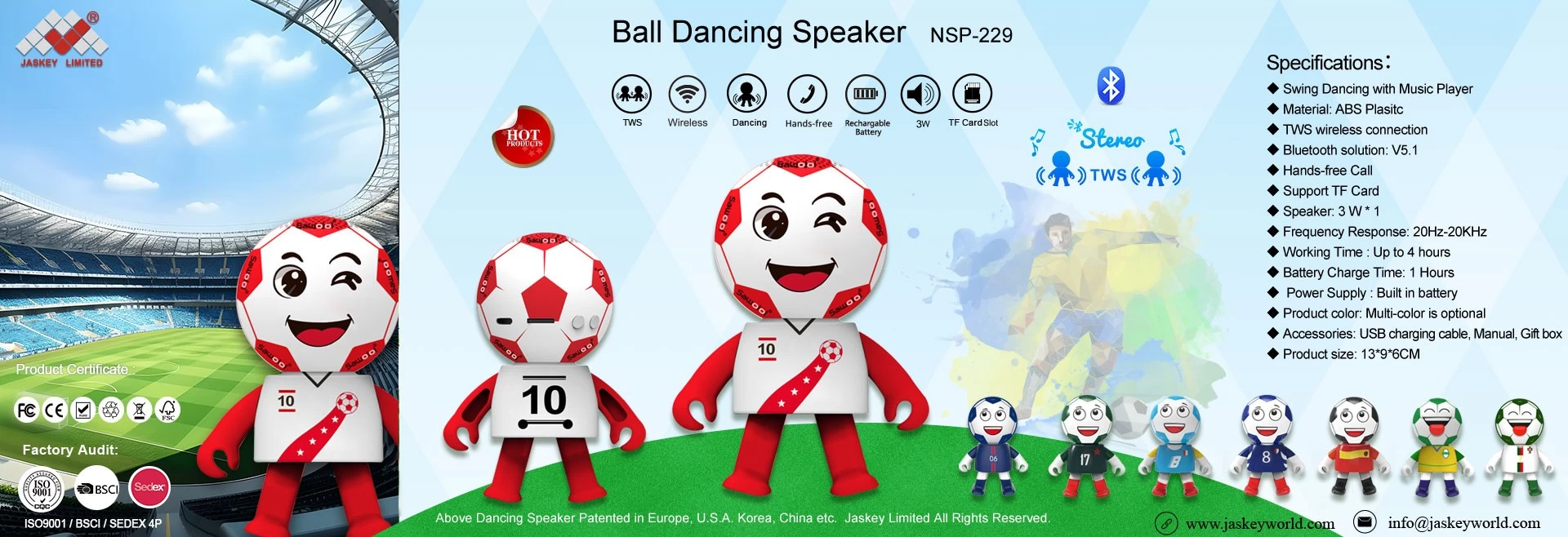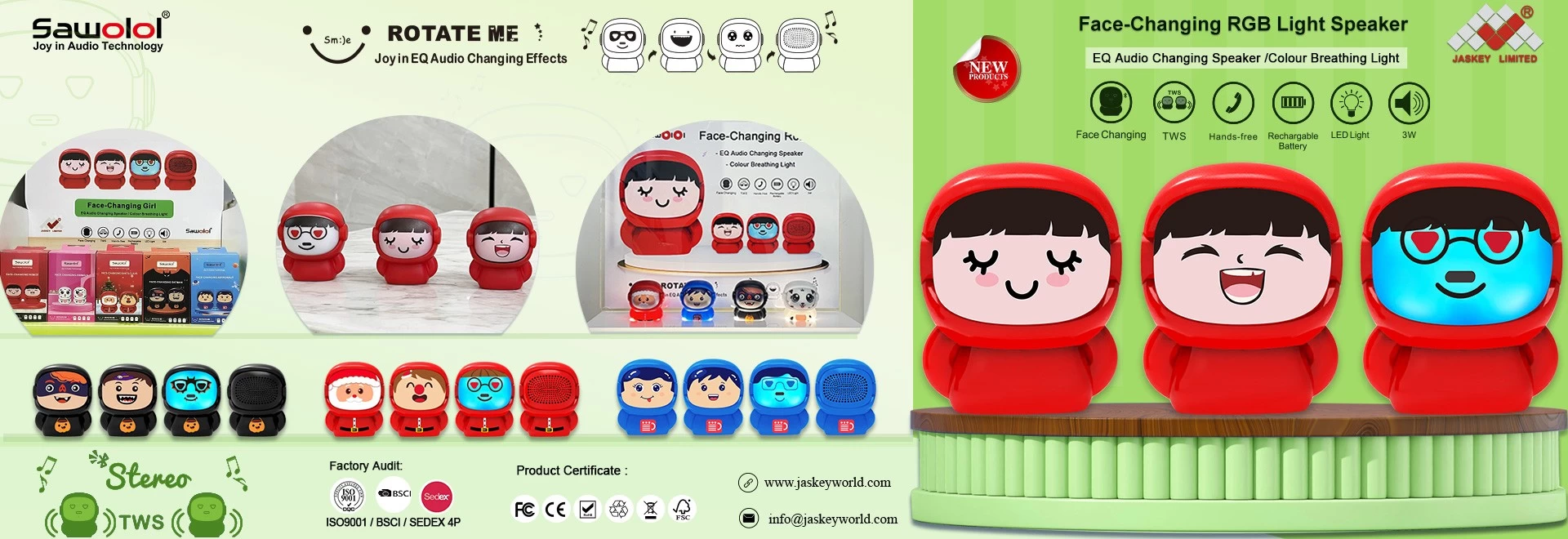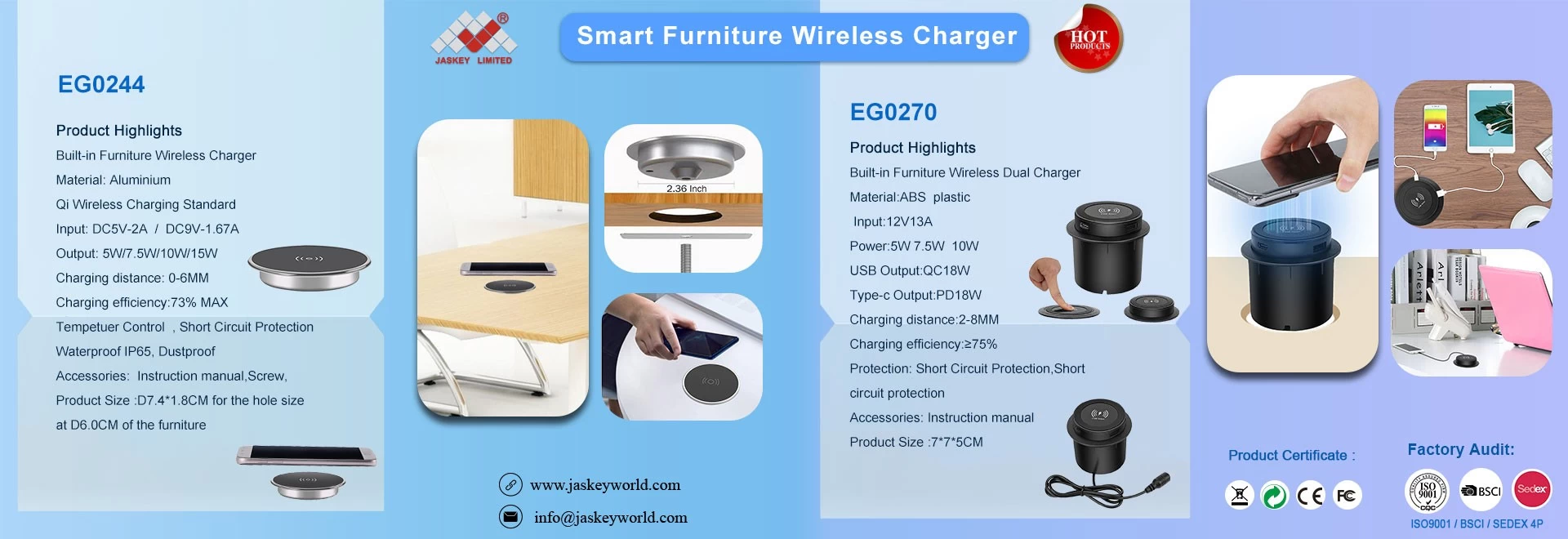Digital audio
The computer itself can only handle digital information. And we hear the sound is an analog signal, how can the computer can handle these sound data? This requires digital audio to complete. What is the difference between analog and digital audio, digital audio, what are the advantages? The following to introduce digital audio.
Digital audio is a digital means to use the sound recording, storage, editing, compression or playback technology, it is with the digital signal processing technology, computer technology, multimedia technology and the formation of a new sound processing methods
Digital audio is the main application areas of music post-production and recording.
The computer data storage is 0,1 in the form of access, then the digital audio is the first audio file conversion, and then these level signals into binary data storage, playback time put these data into analog power Flat signal and then sent to the speakers broadcast, digital sound and general tapes, radio, television, sound storage mode is essentially different in terms of storage. In contrast, it has a storage convenience, storage, low cost, storage and transmission process without distortion of the sound, editing and processing is very convenient and so on.
Sampling Rate
Analog audio is converted to digital audio, in computer music is called sampling, the process used in the main hardware device is the analog / digital converter (Analog to Digital Converter, or ADC). The process of sampling actually converts the electrical signals of the usual analog audio signals into a number of binary codes 0 and 1, called "bits", which constitute the digital audio file. 44KHz sampling rate of sound is to spend 44,000 data to describe the 1 second sound waveform. In principle, the higher the sampling rate, the better the quality of the sound.
Bit rate
Is another digital music compression efficiency of the reference index, that record audio data required per second average bit value (bits is the smallest computer data unit, a 0 or 1), usually we use Kbps ( In simple terms is 1024 bits per second) as a unit. CD digital music bit rate of 1411.2Kbps (that is, record 1 second CD music, need 1411.2 × 1024 bits of data), almost CD-quality MP3 digital music requires about 112Kbps ~ 128Kbps bit rate.
Quantization level
Simply put is to describe the sound waveform data is the number of bits of binary data, usually done with bit units, such as 16bit, 24bit. 16bit quantization level recording sound data is a 16-bit binary number, therefore, the quantization level is also an important indicator of digital sound quality. We describe the quality of digital sound, usually described as 24bit (quantization level), 48KHz sampling, such as the quality of standard CD music is 16bit, 44.1KHz sampling.
After 20 years of development, digital audio equipment has been basically completed, including the source of digital (such as CD, DVD, etc.), digital audio control devices (such as digital mixing console, digital effects, etc.).
Digital audio features
1. Low noise
The digital audio recording format is a binary code, and only "0" or "1" is judged during playback. As a result, the noise of the recording medium has little influence on the signal-to-noise ratio of the reproduced signal. The analog audio recording form is a continuous sound signal, in the recording process will be affected by such as tape noise, to be superimposed on the sound signal and the sound quality deterioration. Although in the analog sound has taken measures to reduce noise, but can not be fundamentally eliminated.
2. Distortion is low
In the analog audio playback process, the head of the nonlinear distortion will be introduced, this need to take AC bias magnetic recording and other measures, but the distortion still exists. In digital audio, the head only work in the magnetic saturation and non-magnetic two states, said 1 and 0, no linear head requirements.
3. Repetitive good
The digital sound apparatus does not deteriorate the sound quality after copying and reproducing a plurality of times. The traditional analog cassette tape recording, each time the dubbing, tape recorded noise must be increased, resulting in each dubbing to reduce the signal to noise ratio of about 3dB, sub-band as the master tape, Sun band as sub-band, .
4. Jitter rate is small
Digital audio playback system Due to the timing correction circuit, rotation system, drive system instability does not cause shaking, and thus does not require the analog recording as the precision mechanical system.
5. Adaptable
Digital audio is recorded in the binary code, a variety of processing can be used as numerical operations, and can not change the hardware, only software operation, easy to computer control, so adaptable.
6. Easy integration
As a result of digital, so easy to use VLSI, and whole machine easy debugging, stable performance, high reliability, easy to mass production, can reduce costs.











